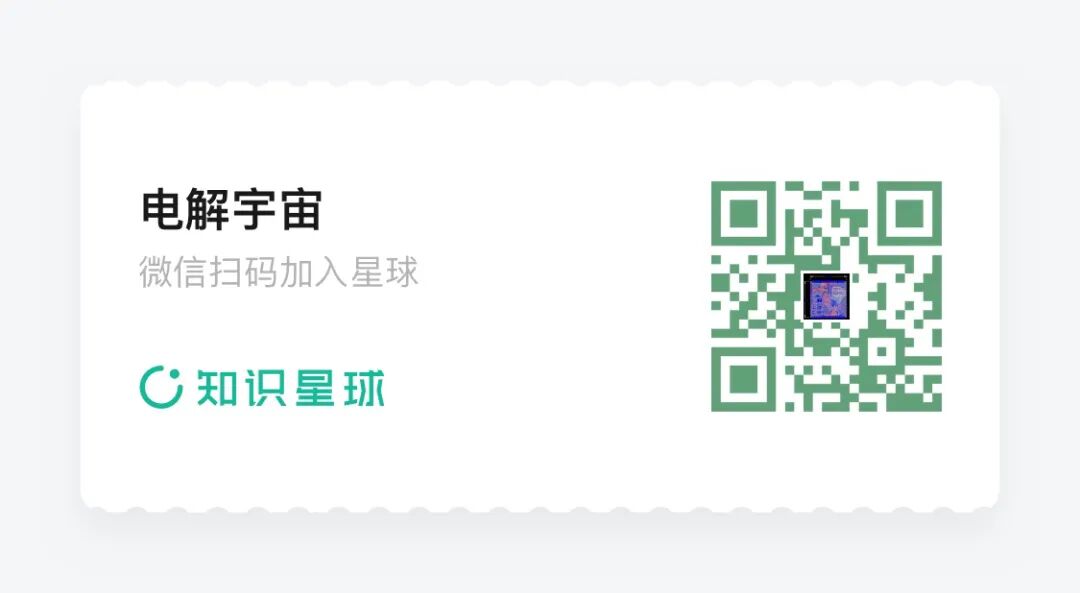Recently, a long-time friend reached out to me on social media, expressing a hint of helplessness: “Do you have any PCB design work available? I want to take on some side jobs on weekends to supplement my household income.”
This friend has been in the electronics industry for many years. Although he is in a technical position, his salary has not increased for two years due to industry fluctuations, while family expenses continue to rise.
The economic pressure reflected in his words is relatable.
I cautiously asked, “What is your current skill level? Can you handle complex projects if clients require them?”
He replied instantly: “Don’t underestimate me! I can handle multilayer high-speed boards with my eyes closed; just look at some of the cases I’ve worked on before.”
After saying this, he sent over several design files.
Upon opening the files, I was secretly amazed: from precise routing to electromagnetic compatibility design, from power plane segmentation to signal integrity optimization, the layering and detail of each PCB are truly professional.
What’s more impressive is his ingenuity in high-speed signal transmission lines and thermal design, which far exceeds that of the average practitioner.
Clearly, this friend is not only experienced but has also developed a unique design methodology.
“If clients have needs, please refer them to me!” His response was filled with anticipation.
I know that for him, this is not just an additional source of income but also a re-recognition of his technical value.
In recent years, with the rapid development of smart hardware, the Internet of Things, and other fields, the demand for PCB design has indeed increased, but high-quality talent remains a scarce resource in the market.
Currently, I often connect with small and medium-sized enterprises and startup teams in the industry, hoping to find suitable projects for him to recommend.
At the same time, I suggested he organize his portfolio and optimize his personal profile, highlighting tags like “multilayer high-speed board expert” and “flexible part-time worker” to attract targeted clients.
In this era of technology monetization, there are many “invisible experts” like my friend.
They may be limited by the scale of their companies or industry cycles, but personal ability remains the core competitive advantage.
If he can convert his skills into income through part-time channels, it will not only alleviate immediate financial pressure but also open up more possibilities for future career development.
Conclusion
I hope my friend’s PCB design journey becomes broader, and I look forward to more technical professionals finding their own “second curve.”
After all, life is not easy, but every passion and persistence deserves to be seen and respected.

Previous Highlights:
1.My former hardware engineer colleague said he hasn’t improved his skills, but his ability to flatter has certainly grown.2. A client wanted me to design a circuit board during the Qingming holiday, but I refused and resolutely chose to return home to pay respects.3. A client wanted to pay 100 yuan for me to design a circuit board and then sell it to him for 10 yuan each.4. I didn’t have time to take on this PCB design, so I reluctantly recommended it to an online friend.5. Quoted 100 yuan, and peers said it disrupts the market; quoted 1000 yuan, and clients said it disrupts the market.It starts with “Looking“It is sincere to “Like“It is to “Reward“Finally, “Share“